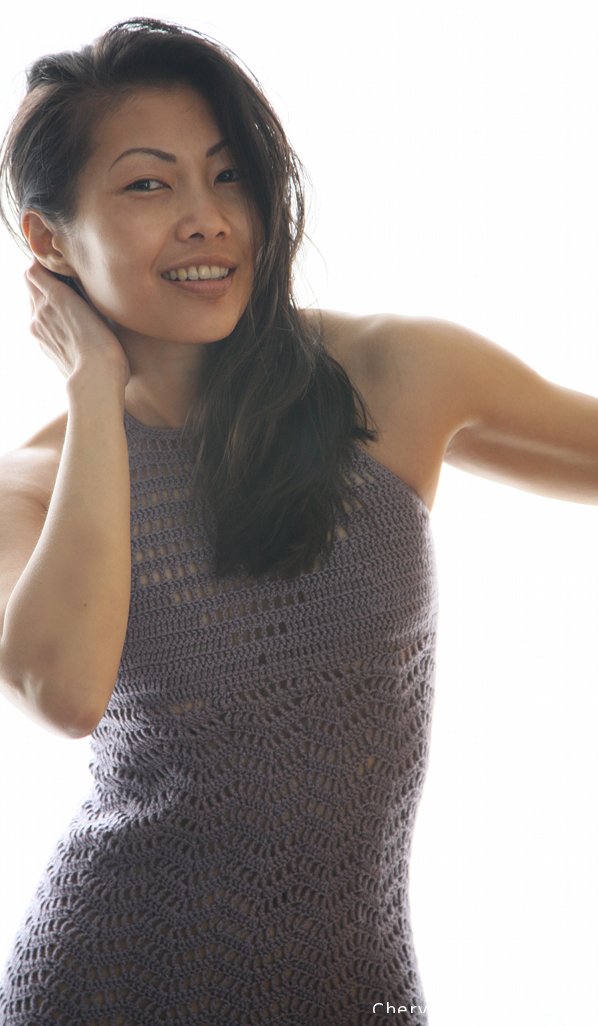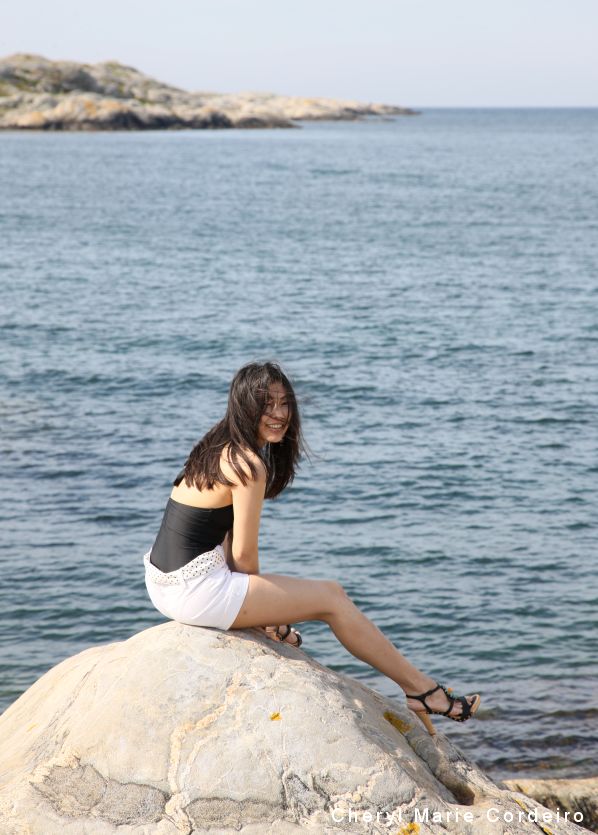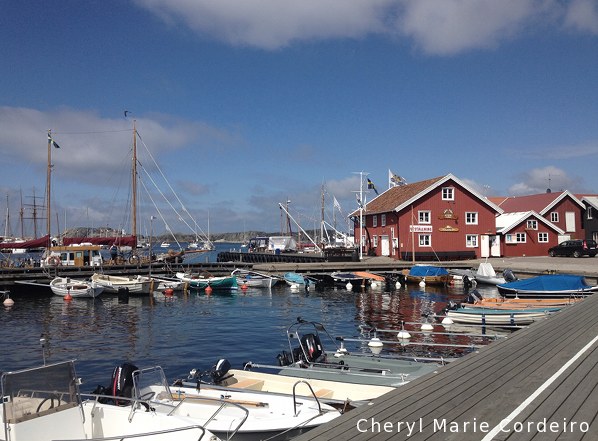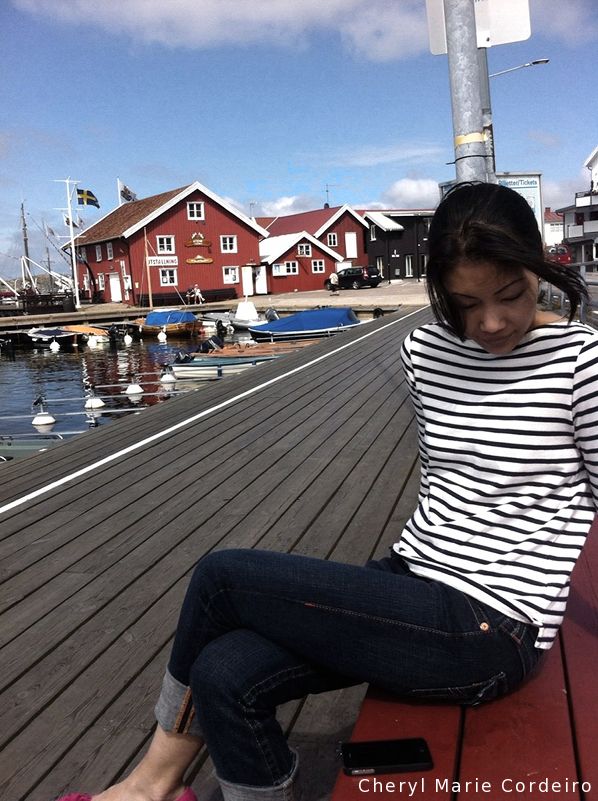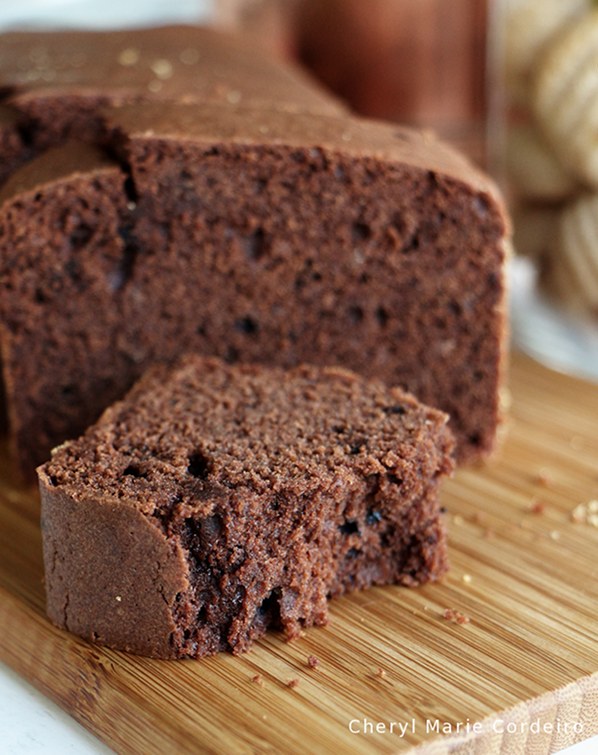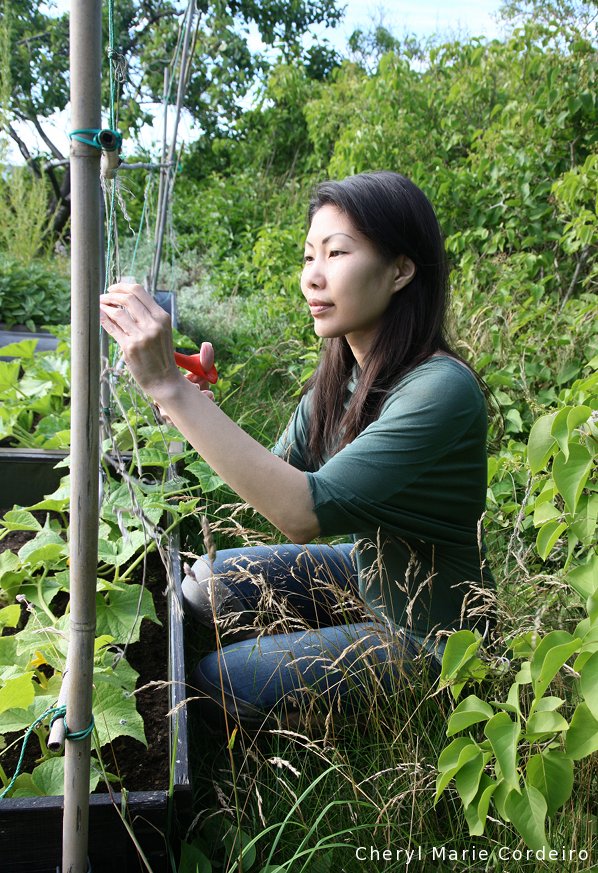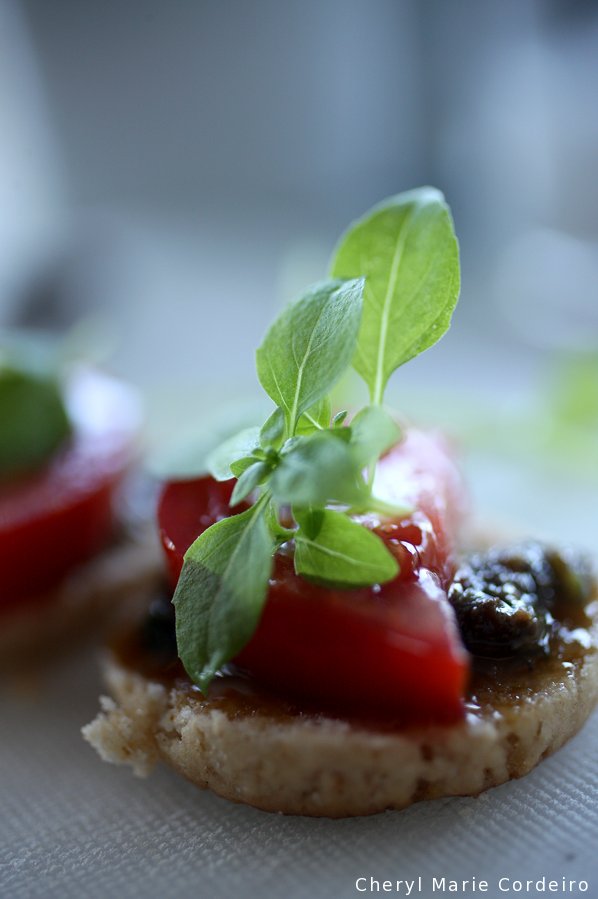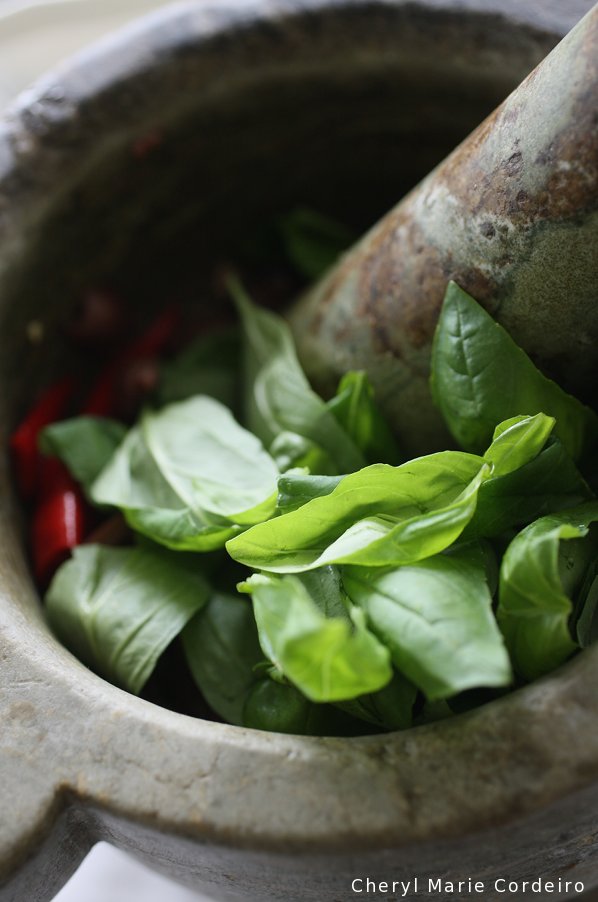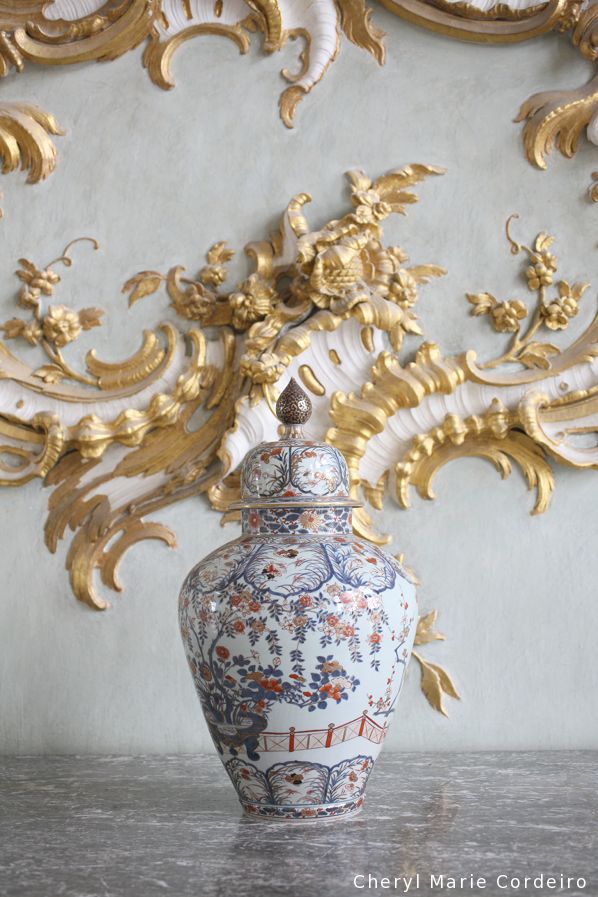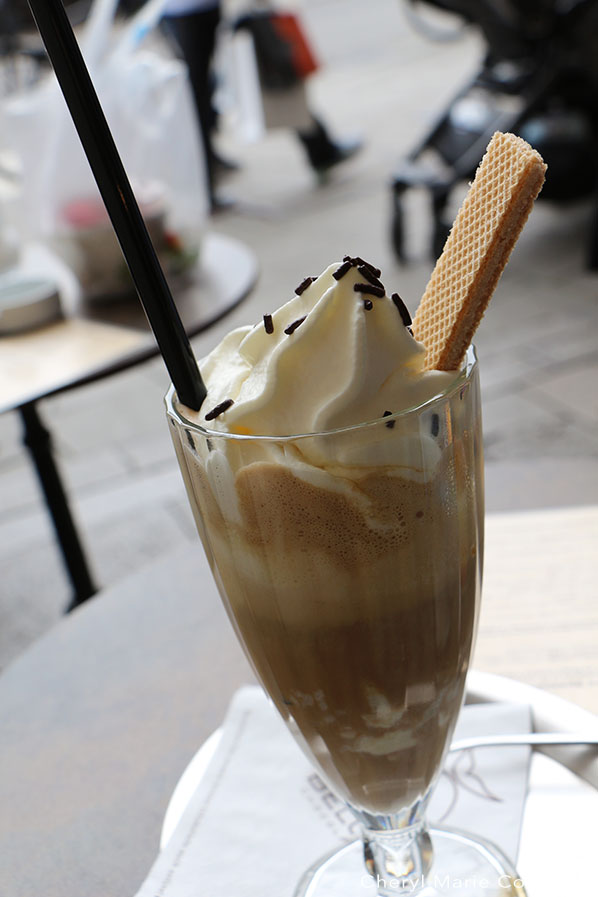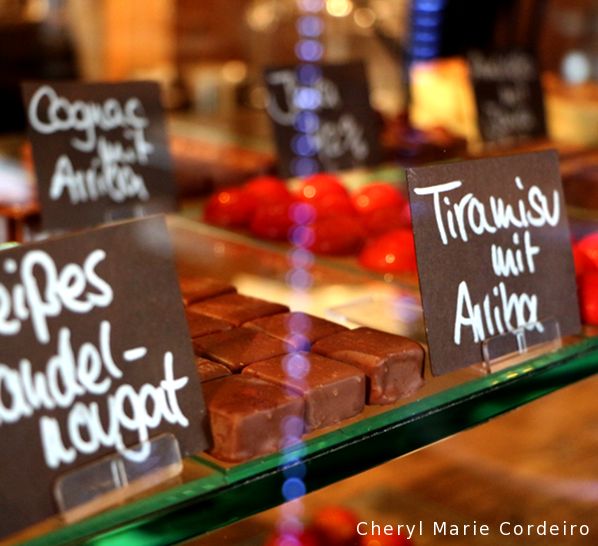In a crochet halterneck T-back dress made by my mother, Rita Yong Cordeiro.
The dress was made in mid-1990s.
Text & Photo © JE Nilsson, CM Cordeiro, Sweden 2016
For as long as I can remember, my mother crocheted. Well, yes. She had made her own wedding dress a whole two years before I was born. Thing is, having handcrafted frills of dresses since baby in arm, I never really thought about the rarity of the skill of the producer or rarity of product/s as such. That I had access to these time-consuming handcrafted clothing made by my working mother from the time of my Christening till when I graduated with a doctoral degree was something I had quite taken for granted.
I read in Richard Feynman’s 1985 self-biography [1] that whilst at MIT, he had to take mandatory humanities courses, of which one of them was philosophy. He got deathly bored during philosophy classes that having happened to be in possession of a small drill, about one-sixteenth-inch, he made holes in the soles of his shoes by twisting this tool into the sole of his shoes, week after week. Continue reading “Stream of consciousness: An evolution”
